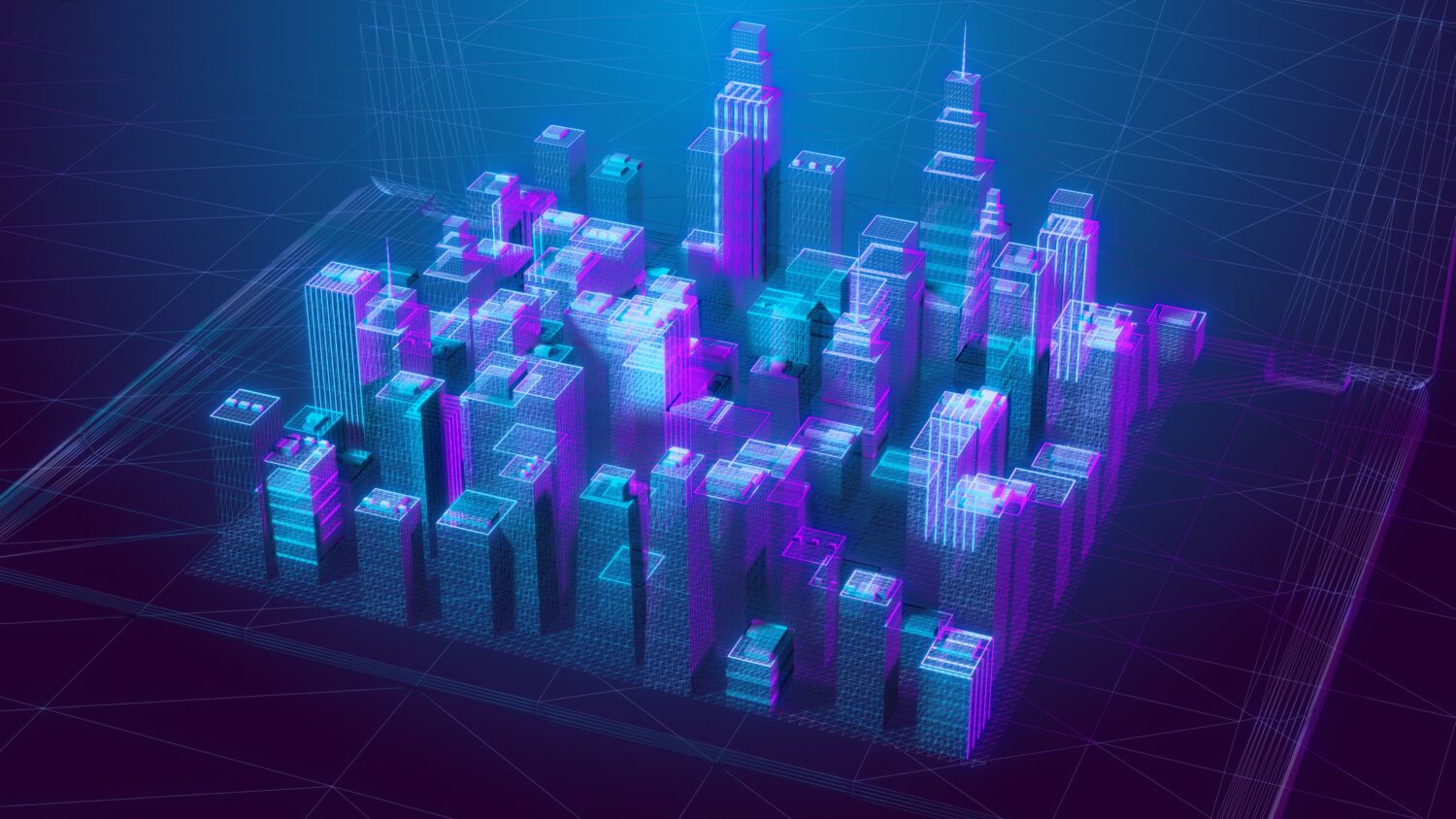The investment landscape is undergoing a major shift as blockchain technology enables a new class of assets: tokenized real-world assets (RWAs). These are physical or traditional financial instruments—like real estate, stocks, art, or commodities—converted into blockchain-based tokens that can be owned, traded, and utilized just like cryptocurrencies. This form of financial innovation is gaining traction across both institutional and retail markets as it offers transparency, liquidity, and global access to previously illiquid or restricted assets.
In this evolving ecosystem, many investors are also exploring early-stage opportunities where innovation meets access, such as finding the best presale token that offers exposure to emerging tokenized assets before they hit major exchanges. While presales and RWA tokenization may seem like separate domains, both signal a broader trend toward democratized finance, where technology bridges the gap between complex investments and everyday users.
What Are Real-World Asset (RWA) Tokens?
RWA tokens are digital representations of tangible or off-chain assets that are recorded on a blockchain. These tokens reflect ownership, rights, or a stake in real-world items, but they operate within decentralized networks. Some examples include:
- A token representing fractional ownership of a rental property
- Gold bars held in vaults, with their equivalent value expressed as tokens
- Invoices, debt instruments, or bonds tokenized for liquidity
- Fine art or collectibles made investable via token platforms
These tokens offer all the benefits of blockchain—transparency, traceability, security, and low-cost transfers—while also tying back to physical or regulated assets.
Why RWA Tokenization Is Gaining Momentum?
Several core reasons explain why RWA tokenization is becoming a central theme in fintech and Web3:
1. Increased Liquidity
Traditional assets like real estate and art are historically illiquid. Tokenization allows these to be fractionalized and traded on blockchain-based marketplaces, increasing turnover and participation.
2. Fractional Ownership
High-value assets can be split into small denominations, allowing investors to own a fraction of an asset. For example, instead of needing $500,000 to buy a property, someone could buy a $500 token representing part ownership.
3. Global Access
Tokenized assets can be accessed globally with minimal barriers. Anyone with an internet connection and a digital wallet can invest in tokenized bonds or commodities.
4. 24/7 Markets
Unlike traditional financial markets that operate on set schedules, blockchain-based marketplaces are available around the clock. This provides continuous access to asset trading.
5. Improved Transparency
Blockchain’s public ledger makes it easy to track ownership, history, and transactions of tokenized assets in real-time, increasing trust and efficiency.
Key Use Cases of RWA Tokenization
Let’s explore where this innovation is being applied across sectors:
- Real Estate: Platforms like RealT and Brickblock enable investors to buy fractional ownership in rental properties. Investors receive tokenized rent payments and capital gains.
- Commodities: Projects like Paxos Gold (PAXG) allow users to own gold in token form, redeemable for physical bullion.
- Treasuries and Bonds: US Treasury bills are being tokenized by institutions and startups, providing DeFi protocols with stable, yield-generating instruments.
- Private Equity and Funds: Venture capital and hedge fund shares are being tokenized to give investors access to diversified portfolios with lower capital requirements.
- Invoice Financing and Trade Finance: Real-world financial obligations like invoices are tokenized to provide liquidity to businesses while offering returns to investors.
Integration With DeFi: A New Layer of Utility
One of the most exciting developments is the integration of RWA tokens with decentralized finance (DeFi) protocols. These tokens can be used as collateral in lending platforms, staked for yield, or traded in liquidity pools.
For instance, tokenized bonds could be locked into a smart contract that automatically pays interest to token holders. Real estate tokens could be pooled to create decentralized REITs (Real Estate Investment Trusts). This merging of traditional and decentralized finance creates hybrid instruments with more flexibility and programmability than legacy systems offer.
Institutional Adoption Is Accelerating
Large financial institutions are beginning to embrace RWA tokenization:
- BlackRock has launched a tokenized fund using Ethereum.
- JPMorgan is piloting the use of blockchain for tokenizing collateral and executing cross-border trades.
- Franklin Templeton has issued money market fund shares on blockchain rails, showcasing the scalability and security of tokenized finance.
This momentum is critical for mainstream adoption, as it brings legitimacy, liquidity, and regulatory oversight to the space.
Challenges and Considerations
Despite its promise, RWA tokenization still faces key hurdles:
- Regulatory Complexity: Since tokenized assets are often tied to securities or commodities, legal frameworks can be complicated and vary by jurisdiction.
- Custody and Trust: Investors need confidence that the off-chain asset backing the token actually exists and is managed transparently.
- Interoperability: Bridging on-chain and off-chain systems requires robust infrastructure and standardized data protocols.
Solutions are emerging, such as decentralized oracles and proof-of-reserve systems, to tackle these pain points. However, mass adoption will require more regulatory clarity and user-friendly platforms.
The Future of Tokenized Asset Investment
Looking ahead, tokenized assets are expected to expand across asset classes and geographies. We’ll likely see tokenization applied to everything from music royalties and carbon credits to intellectual property and luxury goods.
Here’s what the future could look like:
- Global decentralized exchanges for tokenized securities
- Automated wealth management through smart contracts
- Retail investors owning tokenized fractions of global infrastructure projects
- Institutional DeFi portfolios combining tokenized real estate, bonds, and commodities
The growing convergence of AI, blockchain, and tokenization technology is setting the stage for a truly global, permissionless investment landscape.
Final Thoughts
Tokenized real-world assets are ushering in a new era of financial inclusion, efficiency, and innovation. As blockchain adoption grows and regulatory frameworks mature, this trend will reshape how capital flows across borders, industries, and individuals. Whether you’re an early adopter looking to diversify with digital assets or evaluating the best presale token opportunities tied to RWA innovations, the message is clear: the future of investment is tokenized, transparent, and accessible.



